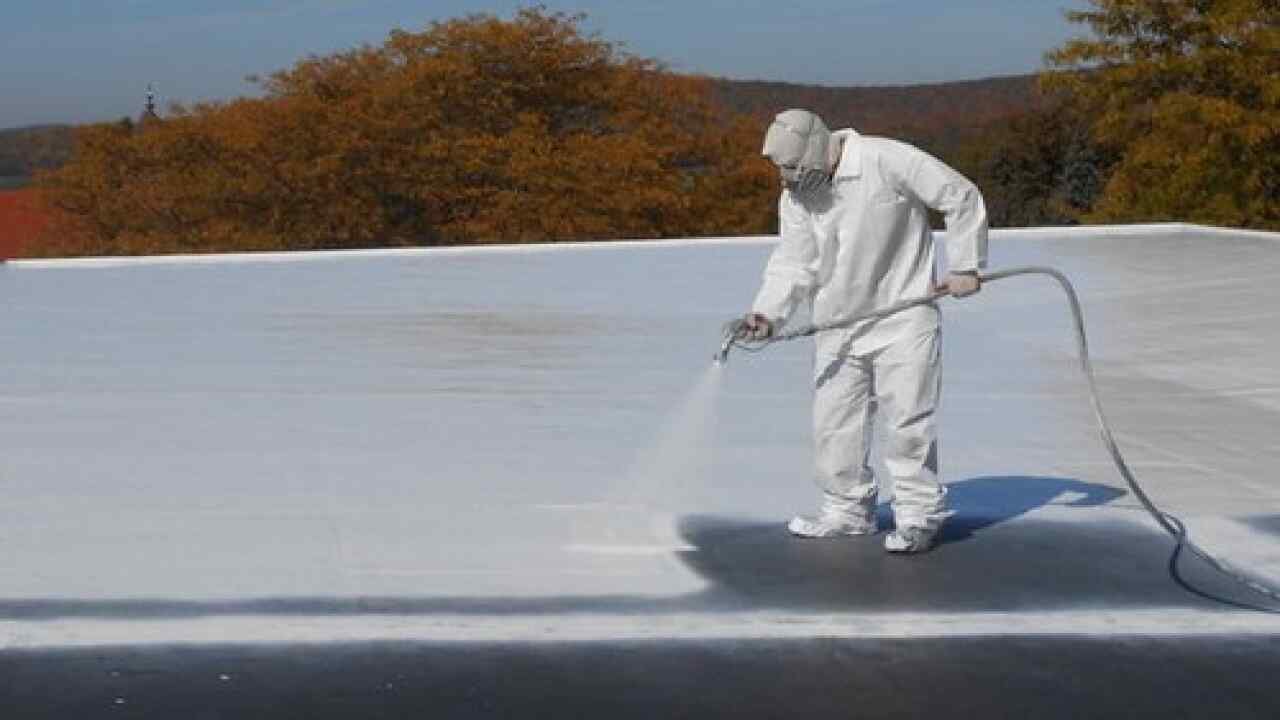Thermal insulation is one of the important elements in the world of construction. It is of great importance in reducing temperatures inside homes and buildings and maintaining a moderate atmosphere. There are many methods of thermal insulation according to the member to be insulated and the method of installation.
We have warned in many previous publications of the importance of insulation of all kinds. , and you can review the waterproofing bulletin from here and today we are talking about thermal insulation in an attempt to clarify its definition, benefits, conditions and some methods and practices that help soften the internal atmosphere and the success of the thermal insulation system in addition to protecting buildings from thermal cracks that affect the structural elements and finishes, which reduces the life of the building and will We explain all these details through the website of the specialist contracting.
What is thermal insulation?
It is the use of materials with thermal insulation properties that reduce and limit the chances of heat leakage from outside the building to the inside in the summer and inside the building to the outside in the winter.
heat sources
In a simple way, heat leakage areas can be identified and dealt with in an appropriate manner. These places are:
- Ceilings and walls (walls).
- windows.
- Skylights and vents.
A large percentage of heat penetration and leakage is through ceilings and walls, and it reaches 60-70 percent of the total heat, so paying attention to the thermal insulation of upper ceilings and external walls helps greatly to reduce heat penetration and leakage to and from buildings.
Advantages and disadvantages of thermal insulation
- It maintains a suitable moderate temperature in summer and winter.
- Rationalization of electricity consumption.
- Reducing the burden on power plants.
- Mental health to build users and feel comfortable.
- Reducing the operation of air conditioners, as they have some damage to human health, as well as reducing the noise resulting from the operation of some of them.
- It may reduce the thickness of walls and ceilings, which saves construction cost.
- Getting rid of cracks that appear as a result of heat, as heat has a great effect on concrete and cement.
- Reducing the amount of reinforcement for thermal loads, especially in buildings exposed to high temperatures, roofs and castings in large areas.
Some tricks and tactics that may keep you away from heat insulator include:
- The use of suspended ceilings.
- Increase the height of the role.
- The use of double walls.
- The use of bricks and blocks of insulating materials such as seporex and insulating blocks.
- insulated wall.
- Use double glazing for windows.
- Concrete and metal elements transfer heat, so reducing concrete and cement spaces in exterior facades reduces heat transfer and absorption.
- Better to use pillows than drop beams, hide columns with insulating bricks, use heat-insulating sills and other DIY methods.
- Planting trees around the building but beware that it affects the foundations of the building, it is necessary to stay away from trees with extended roots that need heavy irrigation, and it is preferable to keep trees far enough from the foundations (in general, plants and green spaces work to soften the atmosphere, as neighborhoods tree infested have a pleasant atmosphere).
Negligence damages in the thermal insulation work of the roofs
- High electricity bills.
- Consumption of air conditioning capacity and the need for frequent replacement or maintenance, which causes a financial burden.
- Discomfort for users due to high temperature and extreme cold in winter.
- Cracks are common in buildings and homes and are dangerous to rebar.
- Effect on layers and paints oysters.
- The impact on the community's electricity resources with increasing the load on the electricity generation and distribution plants.
- Health impact on population and users.
What are the specifications of the thermal insulation used?
- It has a high degree of resistance to water and radiation penetration.
- They are highly resistant to water vapor absorption.
- They are highly resistant to the pressures of temperature differences.
- To be resistant to bacteria and mold.
- To be fire-resistant in places exposed to fire.
- It must be dimensionally stable and not subject to expansion or contraction.
- To be resistant to chemical reactions.
- It does not cause health damage.
- It is easy to install and conforms to state specifications.
Types of thermal insulation in Egypt
Thermal insulation has many forms and types, and the appropriate type for each part must be chosen carefully after consulting specialists and familiarizing themselves with the correct installation conditions and methods.
Insulating materials are available in large quantities in the form of powder and can be mixed with other materials that fill holes and voids or solid and in the form of polyurethane and polystyrene plates with specific dimensions and thickness or liquid spraying on the places to be insulated such as polyurethane foam or flexible insulating materials that are installed with nails such as glass rock wool .
Double insulating glass:
We have previously explained that double glazing of windows is one of the methods used to reduce heat intrusion and modify the interior atmosphere, where insulating glass consists of at least two parallel panes of glass held together.
The principle on which it is based is to create a cavity between two or more glass panels and fill it with dry air or another gas such as argon, and the aluminum rod separating the panels is filled with moisture-absorbing granules.
Seborex blocks:
This type of block is characterized by a high degree of thermal insulation, and it is preferable to build with it for external facades, but it is also necessary to use sills of the same type in windows and openings, and to use building adhesives, because an ordinary cement mixture may reduce its efficiency because it absorbs heat strongly.


Share
- Comments